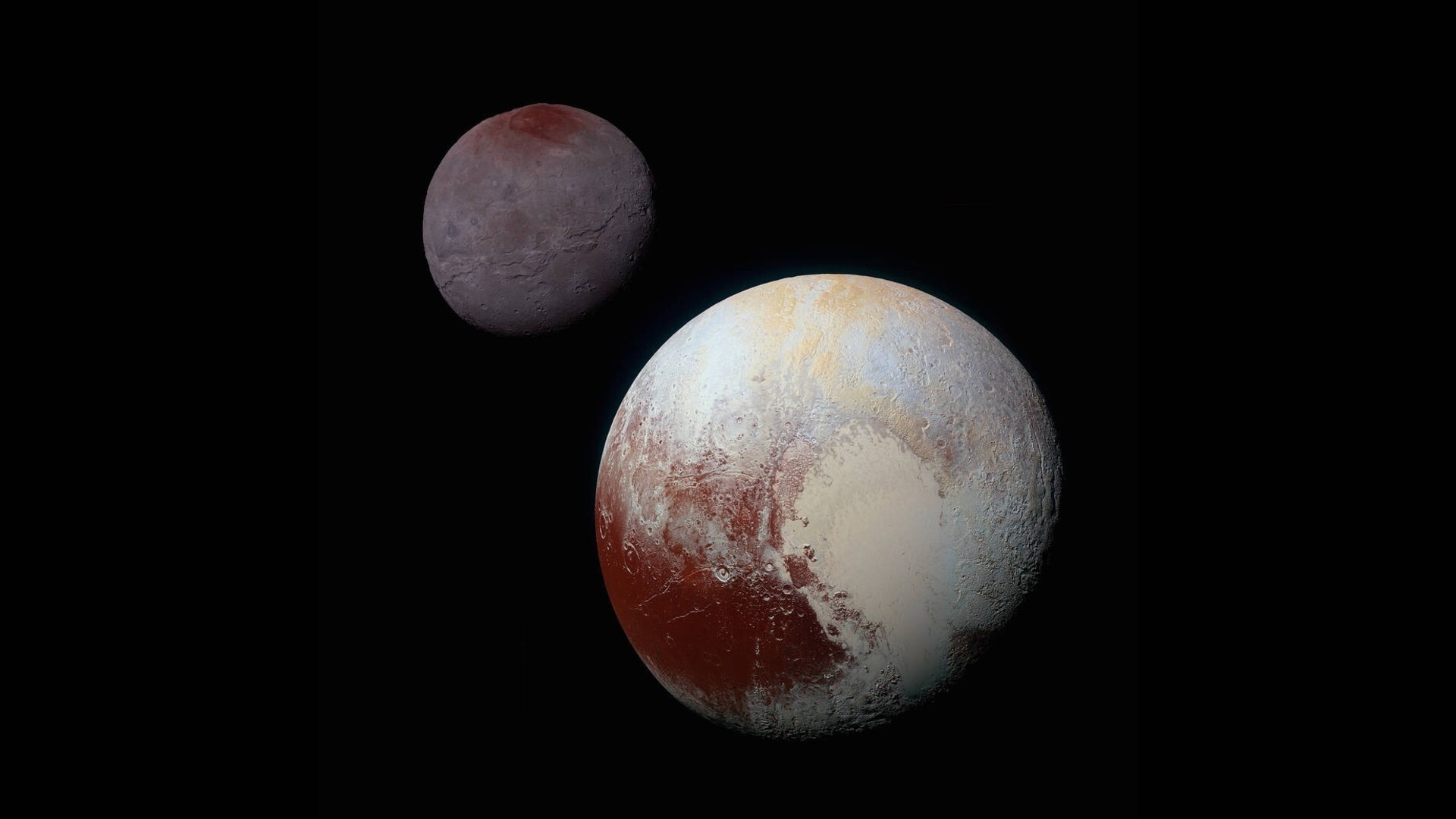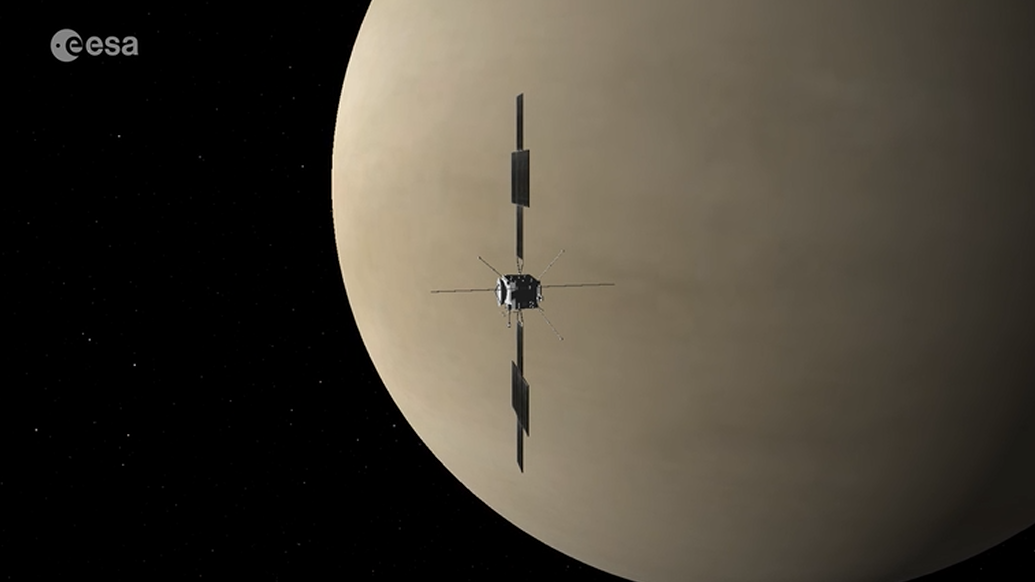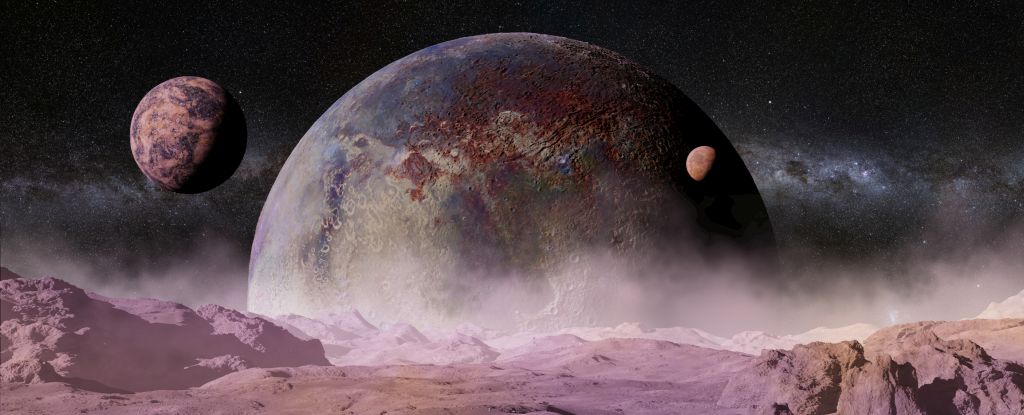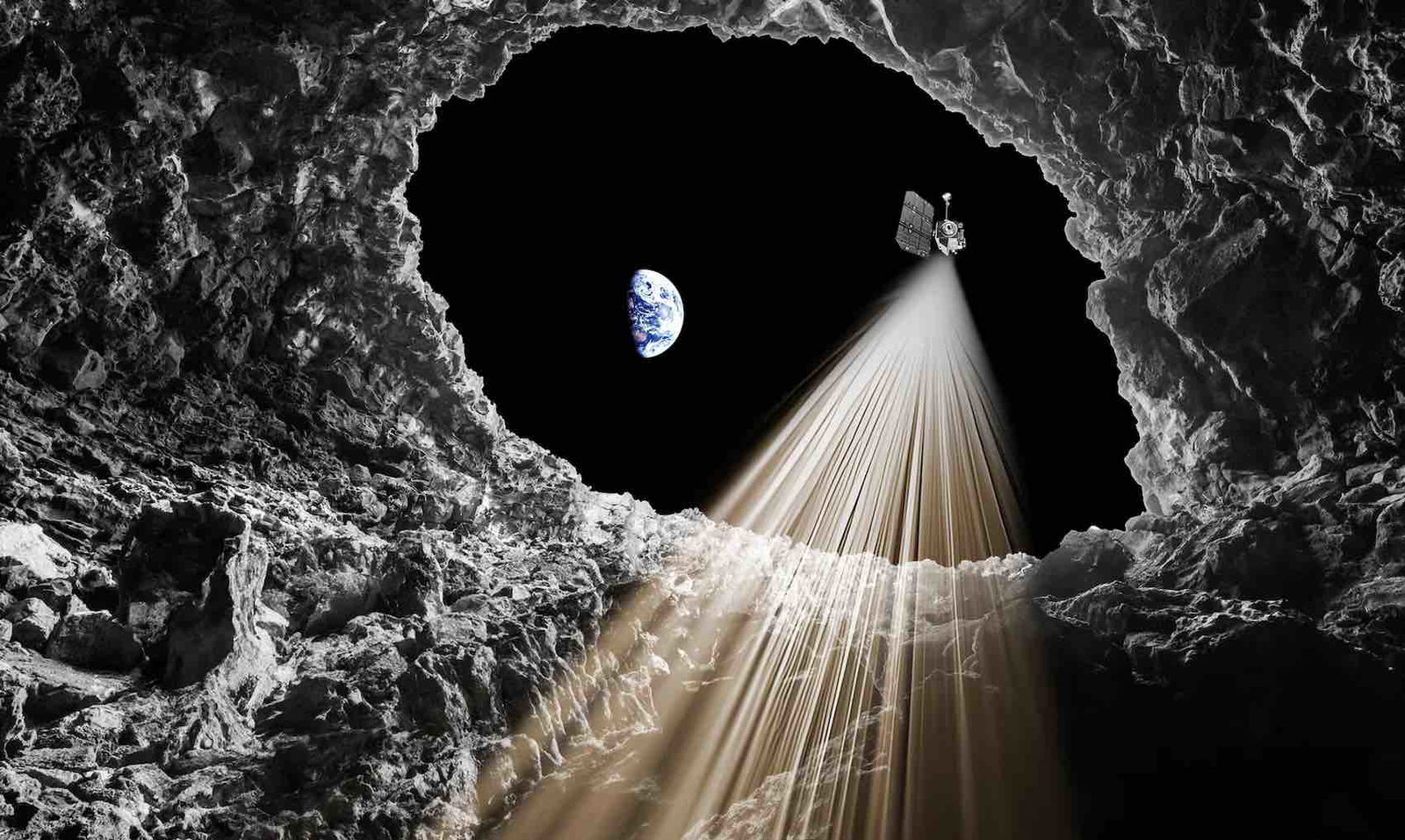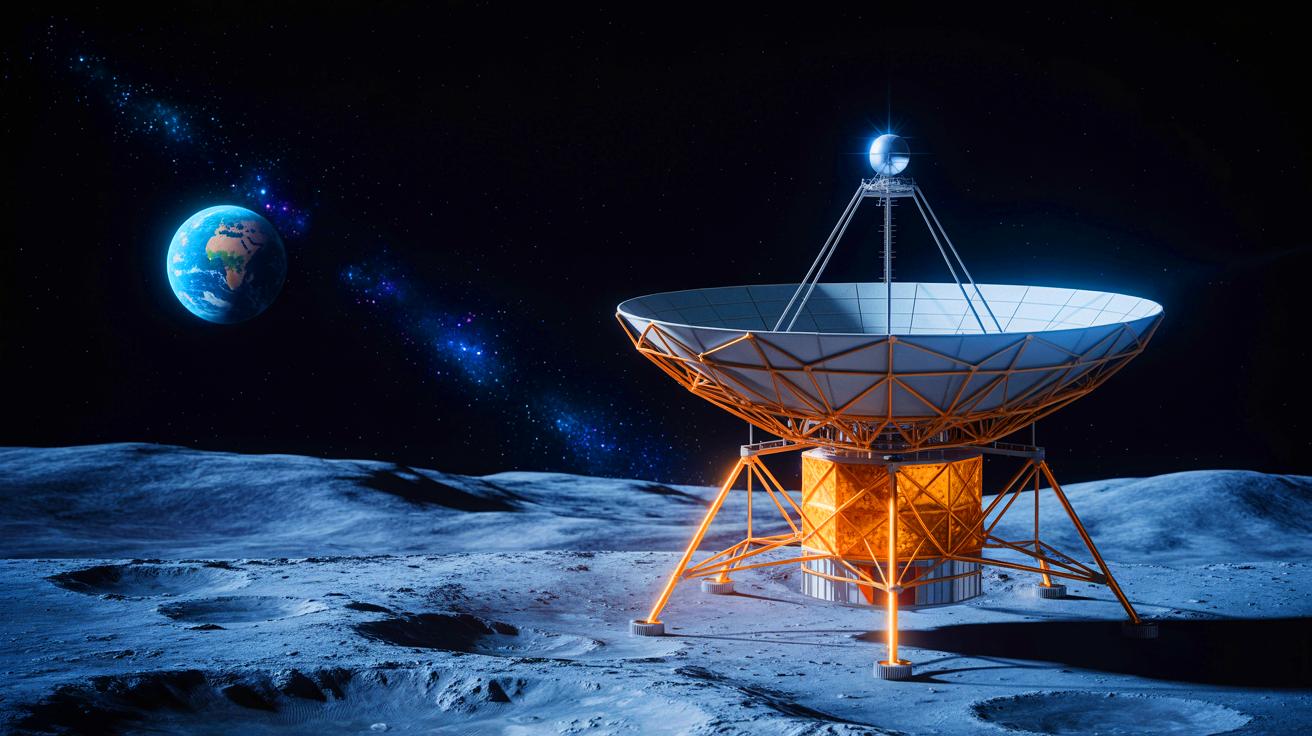As part of the agency’s Artemis campaign, NASA has awarded Blue Origin of Kent, Washington, a CLPS (Commercial Lunar Payload Services) task order with an option to deliver a rover to the Moon’s South Pole region. NASA’s VIPER (Volatiles Investigating Polar Exploration Rover) will search for volatile resources, such as ice, on the lunar surface and collect science data to …
Read More »Tag Archives: moons
Juno Detected the Final Missing Auroral Signature from Jupiter’s Four Largest Moons
Jupiter hosts the brightest and most spectacular auroras in the Solar System. Near its poles, these shimmering lights offer a glimpse into how the planet interacts with the solar wind and moons swept by Jupiter’s magnetic field. Unlike Earth’s northern lights, the largest moons of Jupiter create their own auroral signatures in the planet’s atmosphere — a phenomenon that Earth’s …
Read More »Pluto’s dwarf planet partner Charon may have spilled its guts to create 2 of the pair’s moons
Two of Pluto’s midsize moons may be made of the guts of its largest moon, Charon, new research suggests. New observations with the James Webb Space Telescope (JWST) show that the two moons, Nix and Hydra, are more similar to the interior of Charon than to other objects in the surrounding Kuiper Belt. The findings hint that the midsize satellites …
Read More »ESA’s JUICE spacecraft flies by Venus on its way to Jupiter’s icy moons
During the wee hours of this morning (Aug. 31), a boxy spacecraft with solar wings in the shape of crosses flew right by Venus — if all went according to plan. That probe is the European Space Agency’s (ESA) JUICE (“Jupiter Icy Moons Explorer”), which is on its way to do just what you might expect after hearing its name. …
Read More »Rogue Planets Floating in Space Appear to Be Forming Their Own Moons : ScienceAlert
Free-floating, planetary-mass objects that are just drifting carefree through the galaxy, untethered and starless, appear to be able to generate their own systems of moons, like a planetary system on a miniature scale. An analysis of new JWST observations on a number of rogue planets – each weighing between five and 10 Jupiters – has revealed the presence of disks …
Read More »Jupiter and its 4 largest moons will line up in the sky on Aug. 8. Here’s how to see the ‘parade’
The predawn hours of Aug. 8 present a perfect opportunity to see Jupiter’s four largest moons line up next to the “King of the Planets” as it voyages through the stars of the constellation Gemini. Stargazers in the U.S. will see Jupiter rise above the eastern horizon roughly two hours before sunrise on Aug. 8, with Venus visible as a …
Read More »NASA awards Firefly Aerospace $177 million for 1st multi-rover mission to moon’s south pole
NASA has awarded Firefly Aerospace a $176.7 million contract to deliver a pair of rovers and three scientific instruments to the moon’s south pole. Targeted for landing in 2029, the mission will be the first under NASA’s Commercial Lunar Payload Services (CLPS) initiative to carry multiple rovers and instruments in a single flight. They will explore some of the moon’s …
Read More »The Sturgeon Moon rises, followed by the Moon’s tour of the Solar System planets. Here’s how to see it
This week, the Sturgeon Moon rises, giving moongazers across the world the chance to see a beautiful full Moon skimming the horizon. The Sturgeon Moon is the August full Moon, the eighth full Moon of the year, and rises on 9 August at 21:13 BST. What’s more, the Sturgeon Moon marks the beginning of a lunar meeting with the Solar …
Read More »NASA Unveils ‘Hidden’ Cave Entrances to the Moon’s Secret Underworld
(Credit: University of Trento/NASA) Welcome to this installment of The Intelligence Brief… This week, a groundbreaking new study using NASA’s Lunar Reconnaissance Orbiter has identified over a dozen newly confirmed pit craters on the Moon that could serve as natural entrances to underground environments—some of which may be ideal for future astronaut shelters. In our analysis, we’ll explore 1) how …
Read More »“This Changes Everything” as NASA Sends Historic Radio Telescope to Moon’s Far Side and Sparks Fierce Debate Over Space Power and Global Surveillance
IN A NUTSHELL 🌙 Scientists plan to deploy the LuSEE-Night radio telescope on the Moon’s far side to avoid Earth’s radio interference. 🔭 The mission aims to explore the Cosmic Dark Ages by monitoring low-frequency radio signals free from terrestrial noise. 🚀 Equipped with advanced technology, the telescope will operate in the Moon’s harsh environment with a substantial lithium-ion battery …
Read More »

